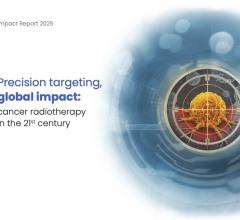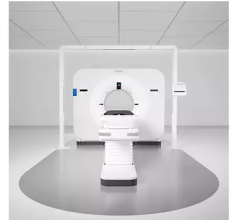
February 9, 2016 — Head and neck cancers that test positive for the herpes papilloma virus (HPV) are known to respond more favorably to radiation therapy than those that test HPV-negative, but an explanation for these differences has remained elusive.
Now, UCLA scientists have shown for the first time that radiation treatment transforms cancer cells into head and neck cancer stem cells — which are known to be resistant to radiation therapy — more effectively when the cancer tests negative for HPV. These findings shed light on why some head and neck cancers fair much worse after radiation therapy despite optimum treatment regimens.
Led by UCLA Jonsson Comprehensive Cancer Center members Erina Vlashi, M.D., and Frank Pajonk, M.D., the study showed the non-stem cancer cells that survived radiation therapy had the ability to convert into cancer stem cells, which have shown to be more resistant to radiation treatment. The process, called “radiation-induced conversion,” happened at a higher frequency in HPV-negative head and neck cancers, providing a clinically relevant explanation for the differences in response to radiation therapy.
The team reviewed 162 head and neck squamous carcinomas (HNSCCs) patients over a two-year period, and confirmed that their outcomes were correlated with their HPV status.
The study was built upon Vlashi and Pajonk’s previous research in breast cancer, which showed that therapy-resistant cancer cells are more prone to therapy-induced conversion depending on the aggressiveness of the type of breast cancer.
While radiation therapy may have some unwanted consequences, it remains an indispensable treatment for people with the disease. Further studies are currently underway to identify drugs that can interfere with radiation-induced conversion, said Vlashi.
The scientists hope this research will lead to a new type of combination treatment to improve the response of head and neck tumor cells to radiation therapy.
The study is available online in the International Journal of Radiation Oncology, Biology and Physics.
For more information: www.redjournal.org


 December 11, 2025
December 11, 2025 









